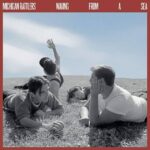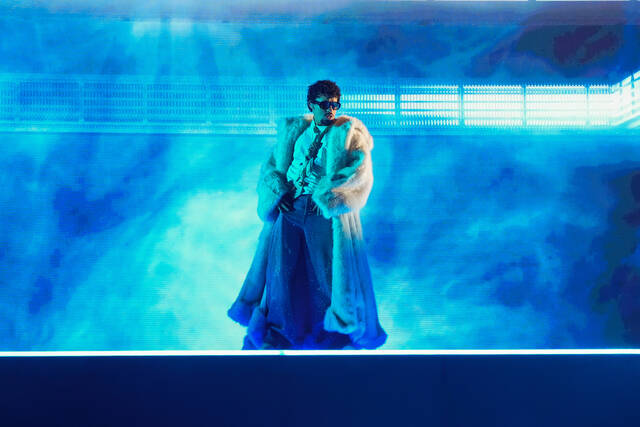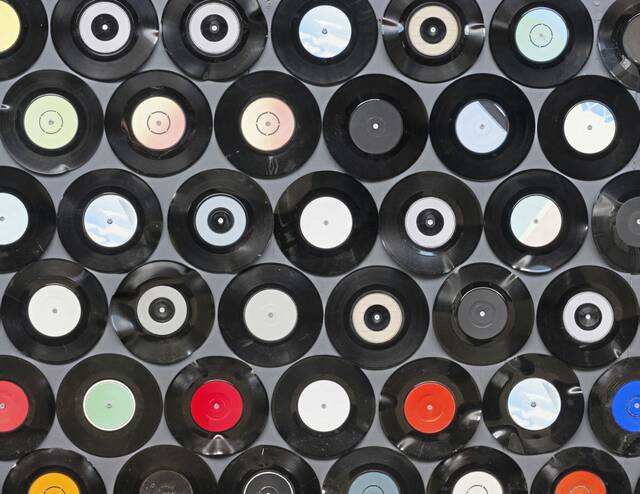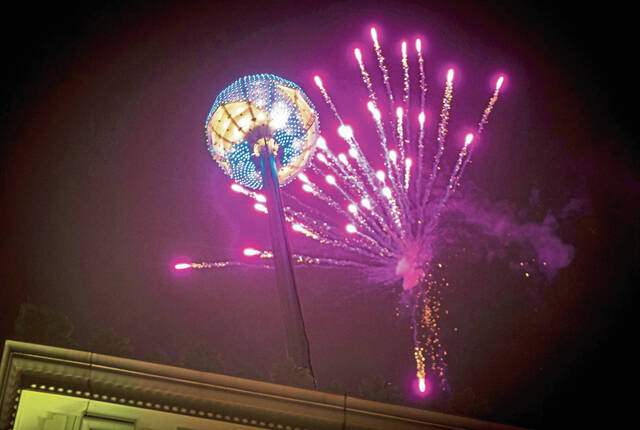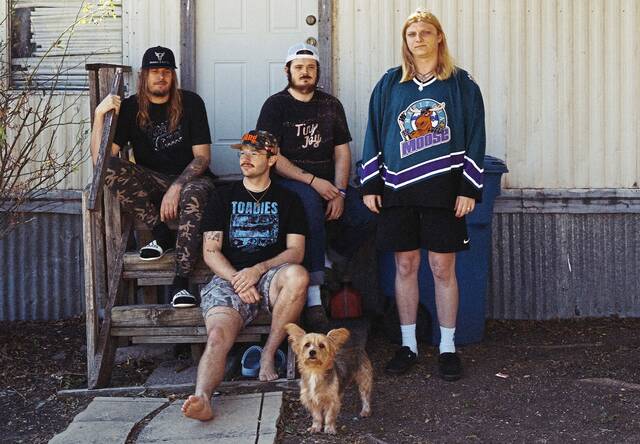Back in 2016, Rolling Stone tabbed Michigan Rattlers as one of 10 new country artists to watch, alongside Luke Combs and others.
Nine years later, frontman Graham Young certainly doesn’t consider the band country now, if he ever did at all.
“No, definitely not. You know, it’s just funny. I don’t know if we ever really did consider ourselves a country band,” Young said in a recent call. “I think genre is a hard thing because the genres just get bestowed upon you. You don’t really have much say over it.
“When we started it was an acoustic guitar and an upright bass and a singer-songwriter vibe, so it was a very country feeling, but I don’t think we ever really set out to be a country band. Then as people got added to the group and instrumentation changed and our vehicle that we toured in got bigger, we could bring more stuff and just naturally the sound evolved out of that kind of rootsy sound. It just blossomed out of that.”
The evolution of the Michigan band, with tinges of rock, folk and Americana, continued in their latest album, “Waving From A Sea,” produced by Dominic John Davis (who also doubles as Jack White’s bassist). Michigan Rattlers — comprised of Young (lead vocals/guitar), Adam Reed (vocals/upright bass), Christian Wilder (vocals/piano) and Tony Audia (drums) — are touring in support of the album, with a headline show on April 29 at Crafthouse in Whitehall.
In a call from Petoskey, Michigan, during a break from the tour, Young discussed the recording process of “Waving From A Sea,” influences and more:
How have the new songs gone over? Did any of them take on a new life with the live version compared to the album version?
Yeah, I think largely I think we’re still playing them pretty true to form, but there’s some extended intros and jams here and there. But really I think it’s fun to pair them with the old songs and get in and out and really craft the setlist in a way that you have the old world with the new.
Speaking of that, how do you think “Waving From A Sea” compares to the band’s previous albums?
I think we took a step. I think we took a big step sonically and just musically from the old records. I think before it was, here’s a song and let’s all get together and record it and it sounds great. But I think “Waving From A Sea” was the first time where we really demoed pretty significantly. There’s versions of each song that we tried it this way and tried it that way. We really took our time with recording and demoing and writing and just trying all different possibilities, which was great and really just artistically fulfilling. So that was definitely a big departure from the process of the earlier records.
Does this feel like the most ambitious album from the group?
I think so. For us, just the process was different and more intensive. So I guess just from that standpoint, it feels ambitious. And now that we’re playing live, I think these songs feel the most ambitious to play live because part of making this record was not thinking at all about the live show, like we’ll figure it out when we get there. So I think in that sense, now trying to pull off a lot of these songs, it took a little bit of thought and sitting down and saying, well, how are we gonna do this? Because there’s only the four of us live. But I think we’ve done a great job with that.
Lyrically, do you feel like there are certain themes running through the album?
Yeah, definitely. I think largely one of the themes is being on the cusp or graduating from your youth and entering into adulthood and then accepting your place as an adult and the dreams that you had as a kid. It can be dangerous in some ways if you keep holding on to them in that nostalgic childhood, adolescent way. Or if you can take that dose of reality with the dreams that you still have. And I think, too, it’s also just really not being in the past and not being in the present, really, or not living in that anxious future and just really being in your life where it is right now. Because it’s going to be over and you’re going to be really sad and angry that you missed it all.
How did producer Dominic John Davis help to shape this album?
Dominic was incredible to work with, a fellow Michigander, and I just reached out and he had time. So I think he just really let us go for it. I think before we’d maybe been a little gun-shy and a little green in the studio, and we’d get together and play the song and that was it. But I think this time we really felt comfortable and felt the freedom to really explore different ways of doing things, which I think is what we were really, really hungry for. And I think Dominic was just a really great facilitator, letting us go. He still had some guide rails up, so it wasn’t too crazy, but, yeah, Dominic was a great, great guy to have there in the studio.
Related
• The Linda Lindas growing up from viral moment, headlining sold-out Pittsburgh show• Blues guitarist Chris Cain recalls memorable night in Pittsburgh with April 13 show on the horizon
• 2025 Pittsburgh area concert calendar
Is it safe to say that groups like Bruce Springsteen and the E Street Band and Bob Seger could be felt as influences on this album musically?
Yeah, I think that’s safe to say. Those were the guys that I listened to in my real formative songwriting years, so I think those guys are baked in me.
When you look at the band, do you think that your aspirations and dreams for the band have changed a lot since the early days?
Yes and no. I think more now than ever, just as much when we were starting out, we have that dream of playing the biggest places we can play and as many places as we can play and trying to have that wide reach. But back then I don’t know if we really put as much thought into sonics. I think we really just went, here’s a song and a guitar and that’s what we want.
Where now we really — with this album and I think moving forward — I think we’ve put a lot of emphasis on how we sound and instrumentation and finding our unique voice in that sense. Growing up, for me it was Bruce Springsteen and Bob Seger. Their songs are incredible and they carry some serious weight lyrically, which I think is something that I still try to do, but I think now too coupling that with – I don’t know if it’s a modern kind of thing – but just using a lot more more tools sonically to create a world in that way too. I think it’s become big for us.





